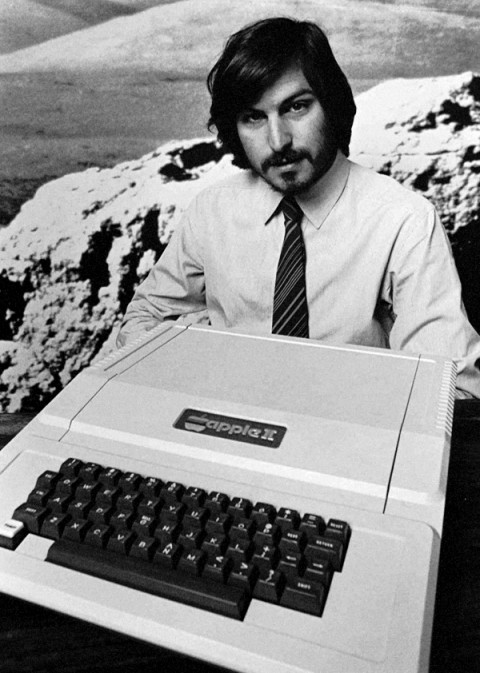Steve Jobs changed my life three times. In 1982 the Apple II was the tractor beam (along with D&D) that pulled me into my first encounter with counterculture – the edges of the assembly language writing, phone-phreaking, copy protection cracking, dip switch flicking homebrew computer scene. It was the first time I really discovered something covert in culture. It was electric.
In 1985 I went for a routine visit to the Computer Connection outside of Albany, NY. There I saw a strange looking beige appliance looking thing. I remember, vividly, seeing a “folder” dragged into the “trash” with a “mouse.” And MacPaint. The Macintosh was the tool I would end up making my living on over the past 18 years.
My affection for older household appliances and everyday objects comes from the fact that I genuinely think they were far more attractive back then. You could sense aesthetics as a fundamental part of their design. They were also, in many cases, incredibly well manufactured. Nowadays, Apple’s products are among the few heirs to that tradition. I use them everyday to work, to read, to talk to people, to listen to music, to relax, and to look up how Nigella Lawson would make scampi with anchovies.
It’s woven up in who I am, what I do and how I live. Thanks Steve.

